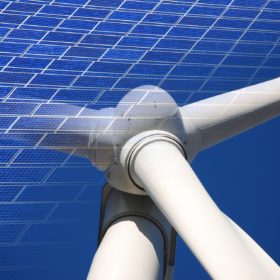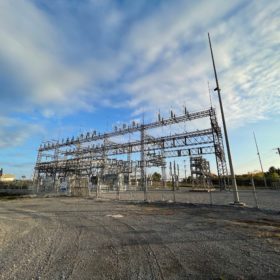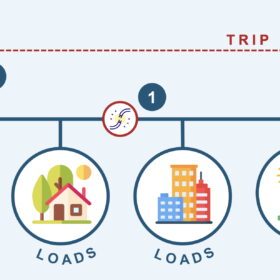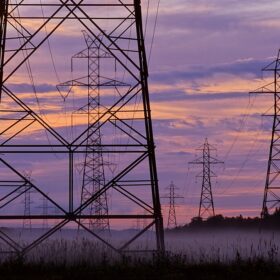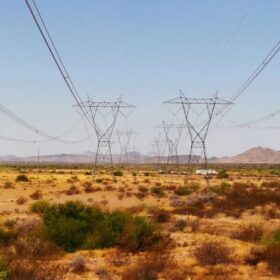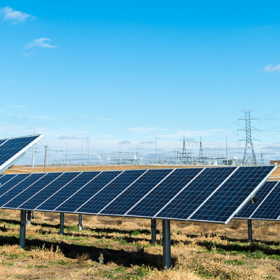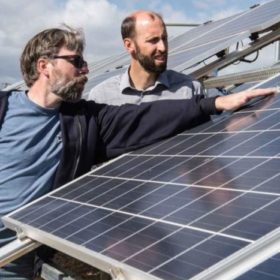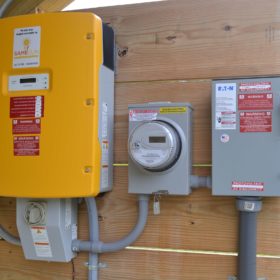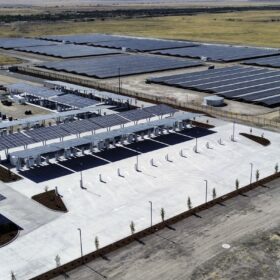An ambitious proposal to quickly add 23 GW of renewables in California
California could move quickly to enable 23 GW of renewables near existing thermal generators, in time for the projects to qualify for tax credits before they expire, says a think tank policy director.
Nexamp self-performs grid interconnection construction to accelerate solar project
The community solar company took interconnection work into its own hands, rather than relying on the electric utility. The company said it reduces both time and cost to self-perform the work.
Low-cost alternatives to solar-stalling “direct transfer trip” requirements
The solar trade group Coalition for Community Solar Access reports that a utility requirement to use “direct transfer trip” often makes solar projects uneconomical, while both CCSA and the renewable energy research group IREC find that the hazards targeted by direct transfer trip can be met effectively with far less costly options.
Grid operators plan billions for transmission to meet load and connect renewables
Industry experts discussed the forces driving regional transmission planning, the net benefits of transmission, and the impact of high-capacity transmission projects.
Speeding interconnection through automation is a proven technology, says software executive
A major U.S. grid operator has shown that interconnection automation is feasible, but there is “much more to do,” said one software executive. Another said that eight transmission planners using his firm’s software can do the work of 80.
Interconnection shake-out: 160 GW of solar advances as 12% of projects bow out
About one-sixth of queued solar capacity now holds signed interconnection agreements, signaling real progress even as developers pull more than 130 GW of projects amid tightening interconnection rules.
Grid operator SPP partners with Hitachi to speed interconnection studies
The partnership aims to reduce interconnection study times by 80%, to address SPP’s portion of a national bottleneck of 2,500 GW of solar, wind and storage projects awaiting interconnection.
Illinois considers clean energy package to tackle data center boom
Illinois lawmakers are working on an omnibus clean energy package that would introduce a Storage for All program, a Solar Bill of Rights, virtual power plant programs, to name a few.
Illinois residents rally for big, bold clean energy bills
Hundreds of Illinois residents rallied at the state’s capitol to call on lawmakers to pass the Clean and Reliable Grid Affordability Act and other clean energy bills by the end of the month.
Massachusetts Governor proposes net metering cuts, interconnection reform
Governor Maura Healy submitted a bill that reforms and streamlines billing structures, increases utility accountability and boosts state procurement of clean energy but also cuts compensation for non-residential solar generators.
